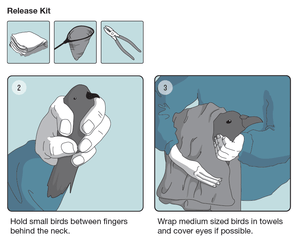Design students from Massey University are again looking for ways to improve communication of the complex issues around fishing bycatch, focussing on our fur seals, white-capped albatross and black petrels.
The project is a 4th year Information Design paper, taken as part of a Bachelor of Design (Hons). Students are challenged to take the raw data provided by Dragonfly, and translate it into a relevant graphic form for a selected audience.

The 12-week course began with a presentation from Johanna and Edward from Dragonfly. Students initially wrote a report about one of the three species, graphed some of the data provided by Dragonfly, looked carefully at the issues facing that species and came up with some solutions. The next phase involved choosing a client, a target audience and the visual medium they would use to convey their message, and researching the specifics of that medium.
Annette O’Sullivan from the Institute of Communication Design, initiated the collaboration last year.
“Dragonfly are totally supportive of this project and have been really patient in answering students’ questions, despite being so busy. It’s absolutely brilliant for our students to get this kind of engagement with industry and the fact that reducing fishing bycatch is such a worthwhile topic makes it even better, she says.
“There are many ways to approach a project like this. We encourage students not just to use standard methods like pie charts to display the data, but to think about converting the data into an accessible form to clarify the information to the target audience. Of course the message has to be correct, clear, complete and honest but if it can be presented through an approachable visual language, then people are not having to wade through words and numbers to find what they are looking for.”
This year, students have chosen a huge variety of media for their projects, including packaging for fishing bait, a children’s book, iPhone app, freezer graphics, and wharf signage.
One of last year’s students, Alex Downey, had his poster picked up by Southern Seabird Solutions, who are encouraging recreational and commercial fishers to download and print them, and place them in obvious places on their boats. Then if a bird is accidentally caught it has the best possible chance of survival afterwards.


